Scientists distrust human perception. They believe it is unreliable and varies too much with age, gender, education. Humans should not be used to make scientific observations. Machines are much better at picking up on the truth about physical reality.
But while machines may be good at uncovering Earth’s mathematical basis, they do not detect its phenomenological display all that well because they can only focus on one thing at a time. For example, the purpose of binoculars is not to grasp the whole of a setting. It’s to make faraway objects seem closer. And while cameras and goggles are good at capturing images of what humans see, they impose a framework on it that distorts its full 3D – 350 degree nature. Neither captures anywhere near the full panorama humans are exposed to, and sometimes pick up on, on a daily basis. We are much better than machines are at seeing the world as a whole all at once — earth and universe. This is because of our education and because we also see more aspects. Human vision depends on knowledge as well as data. We use what we already know to see with, whereas machines just have previously designed receptors for physical inputs. Because we know more about the physical world than machines do, we see more than they do when we look at it.
Even though our vision may not be as accurate as a machine’s, the world as seen by humans is bigger and deeper.
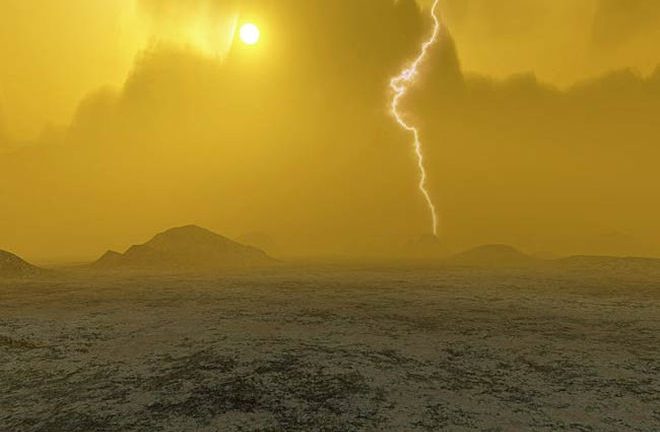
In this experiment you are going to try to perceive the scenes in front of you and around you more deeply than you normally probably do. You are going to try to see yourself existing on Earth in the universe. You are going to try to see where you really are.
The scenes in front of you are vivid and complex. They entail a combination of all kinds of different entities as well as layouts depending on where you are. Since these entities and layouts can be extremely distracting, choose to do this in a setting that is simple and quiet so that you can concentrate. The top of a building. A hill in the country. The desert. An uninhabited lake. You want a vista on the planet. You don’t want to spend time untangling yourself from stuff that is not relevant. So look for a place where these three things are clearly exposed — Earth, the universe and yourself.
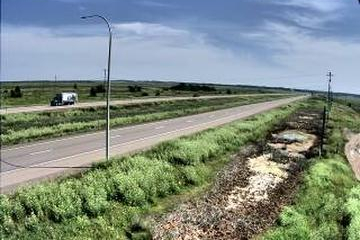
How will you see yourself? Hang on, and I will show you. In the meantime, get yourself ready for the effort by thinking about three things — The universe. The planet. And things. Things? Yes, objects, preferably natural ones like leaves, rocks or twigs. You won’t believe how powerful they are.
And be prepared for a shock. The space around you is going to change.
THE UNIVERSE
First off, think clearly about where you really are — in the universe. Look at pictures of other planets, galaxies, stars, black holes, and try to wrap your head around the huge space that is out there.
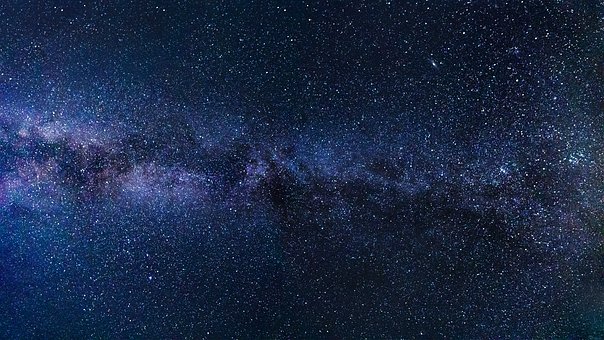
Where we really are is hard to think about. But force yourself to become conscious of its vast distances and strange dead entities. Imagine yourself out there surrounded by all that “empty” space. Other planets are not like Earth. They are often devastatingly cold (Pluto) or else so hot with molten rocks and lava you could not touch them without burning up yourself (Venus). Their inhospitable surfaces repel life. Bare rock surfaces pockmarked with impact craters, ice, volcanos, uncharacterized debris, dust — there is nothing of the beautiful green scenery many of us enjoy. Even if we live in the north where there is less daylight, and where trees and plants do not grow, loners still survive if they are skillful because Earth gives them water and wildlife, whereas nothing lives where there us no hydrogen and oxygen. Bring these weird unfriendly places into your consciousness by looking at images of the surface of Mars, Saturn, Pluto.
![]()
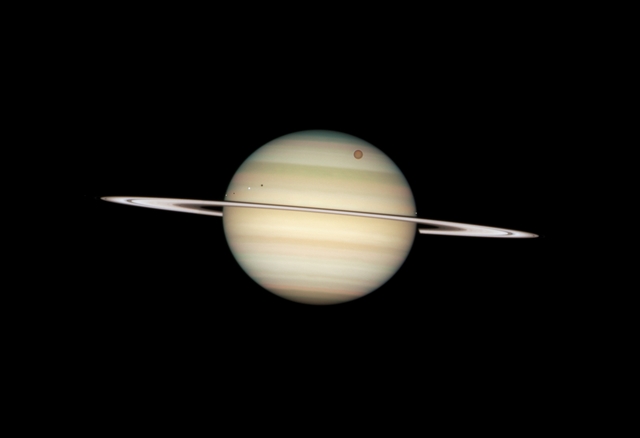
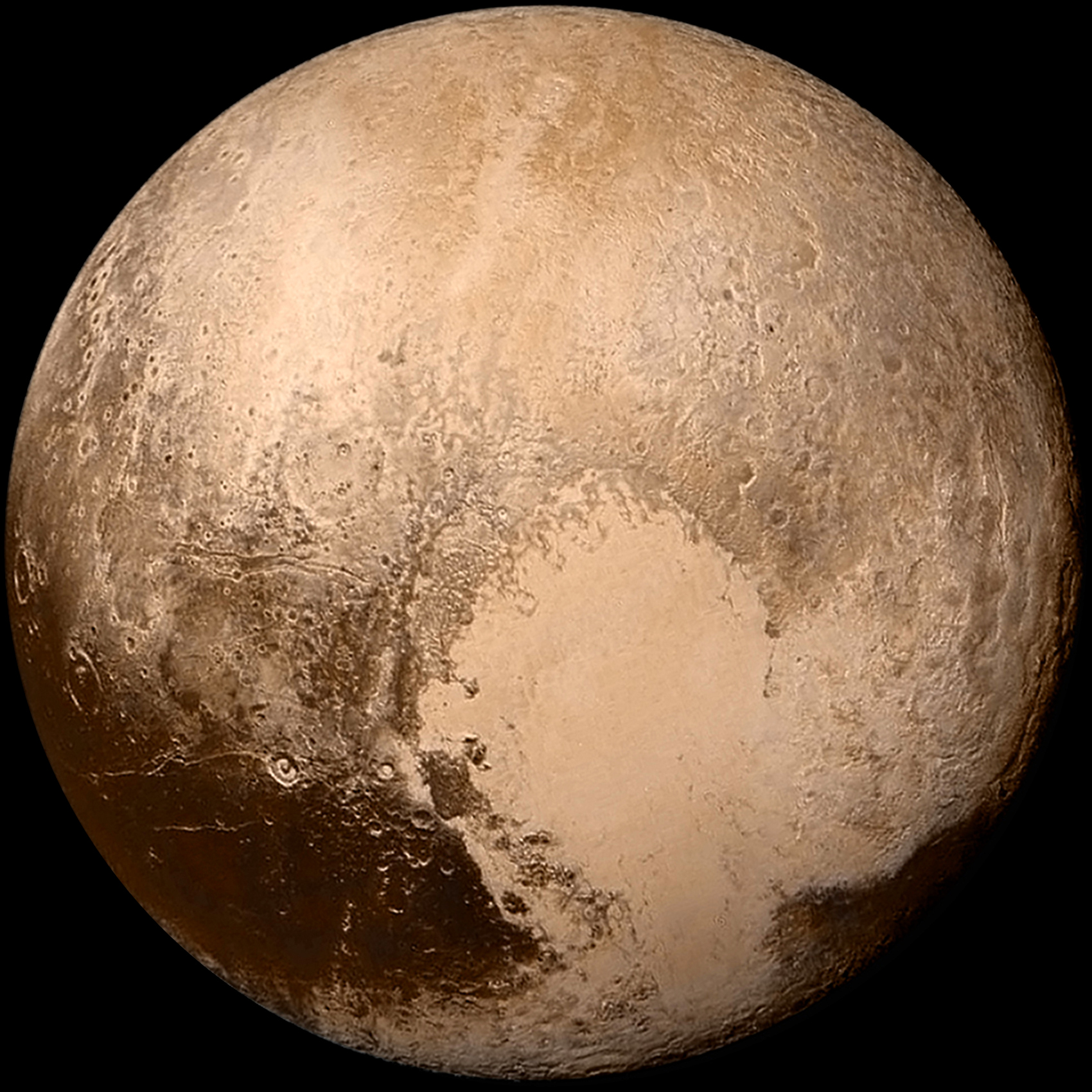
Think about trying to survive on them. These are our neighbours in this vast alien space we call the universe. They are just a tiny part of an entity so vast and strange you couldn’t imagine anything weirder. Cold. Dark. Explosions. This is where we live. In a huge expanding tank filled with dead rocks. It is very beautiful in a cold glittering kind of way.
THE PLANET
Go Outside. Find a place where you can see and feel the planet. Get away from other people, talking, music, cooking. Find somewhere quiet. You may have to leave the city, or almost, because you want to see the sky, to feel the ground under your feet, to locate the horizon. You want a vista on the planet so that you start to see it as an object on which you happen to be standing. You want to expose it as an object so that it can affect you and lead you to the truth about your situation.
To get a sense of the planet as an object in the universe you will need to do some remembering about what it includes. Photographs like this help:

But they don’t capture what Earth feels like as a place because they are taken from outside the planet whereas you need to think about Earth from the inside. You need to become the planet and feel its many landscapes and geological formations as your coat. Your skin. You are trying to fathom what it means to exist in the universe so you need to be conscious of where you are, and then where you are is.
So imagine different landscapes —
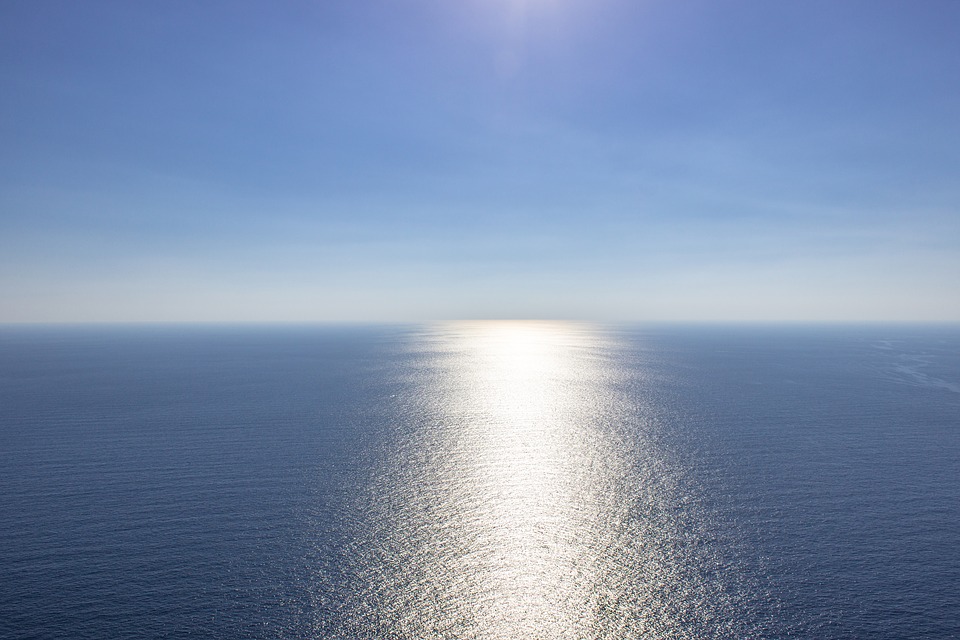
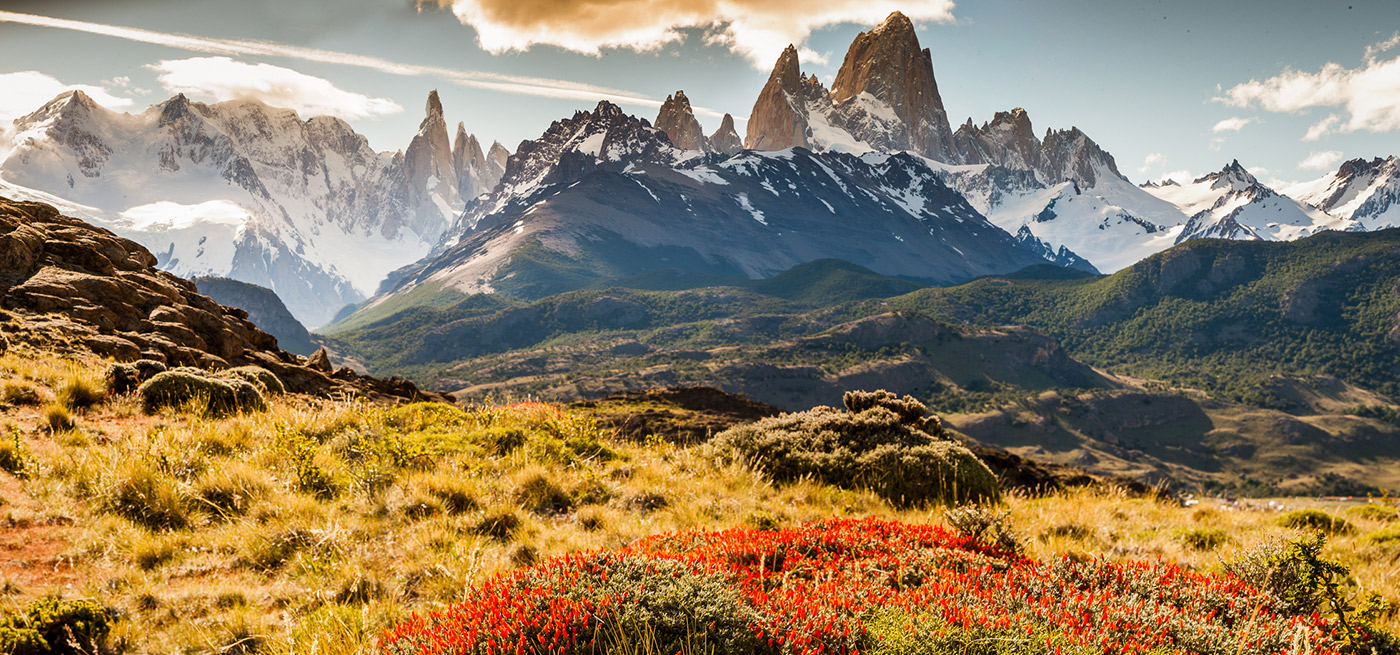
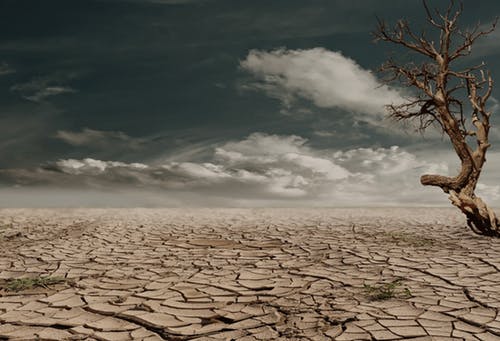
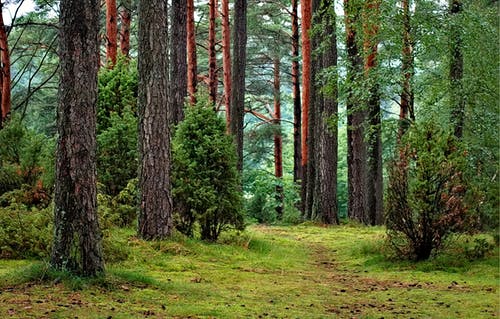
oceans, deserts, glaciers, forests. If you have travelled, pull up images from your memory of places you have visited. If you haven’t seen much of the planet, go to the library and look at magazines like National Geographic or else books of world photography, and try to find images of landscapes on each continent — North America, Africa, Europe, Asia. Watch documentaries like “Wild North,” David Attenborough’s “Our Planet.”
You want to see where you live — on a planet that has thousands of different terrains and billions of situations for living — as many situations as there are living beings. Try to see this in your imagination. You want to get your head around how much life there is and where it is happening because this is where you are.
THINGS
1. Both natural and man-made things are extremely interesting. They take up physical space on Earth.They undergo the same weather, sun and moon that we do. For a set amount of time they endure before decomposing. They are seen by us in various settings. They adorn human structures. They lay unused or abandoned after use. They are often expendable. The surface of Earth is littered with things that have been used by humans. Humans become things when they die. Earth sheds trillions of natural objects that lie, float, stand, sit or get lodged somewhere indiscriminately. Man-made or natural, things are a large part of the visual scene that presents itself to observers on Earth (and elsewhere.) They witness everything that happens and has happened.
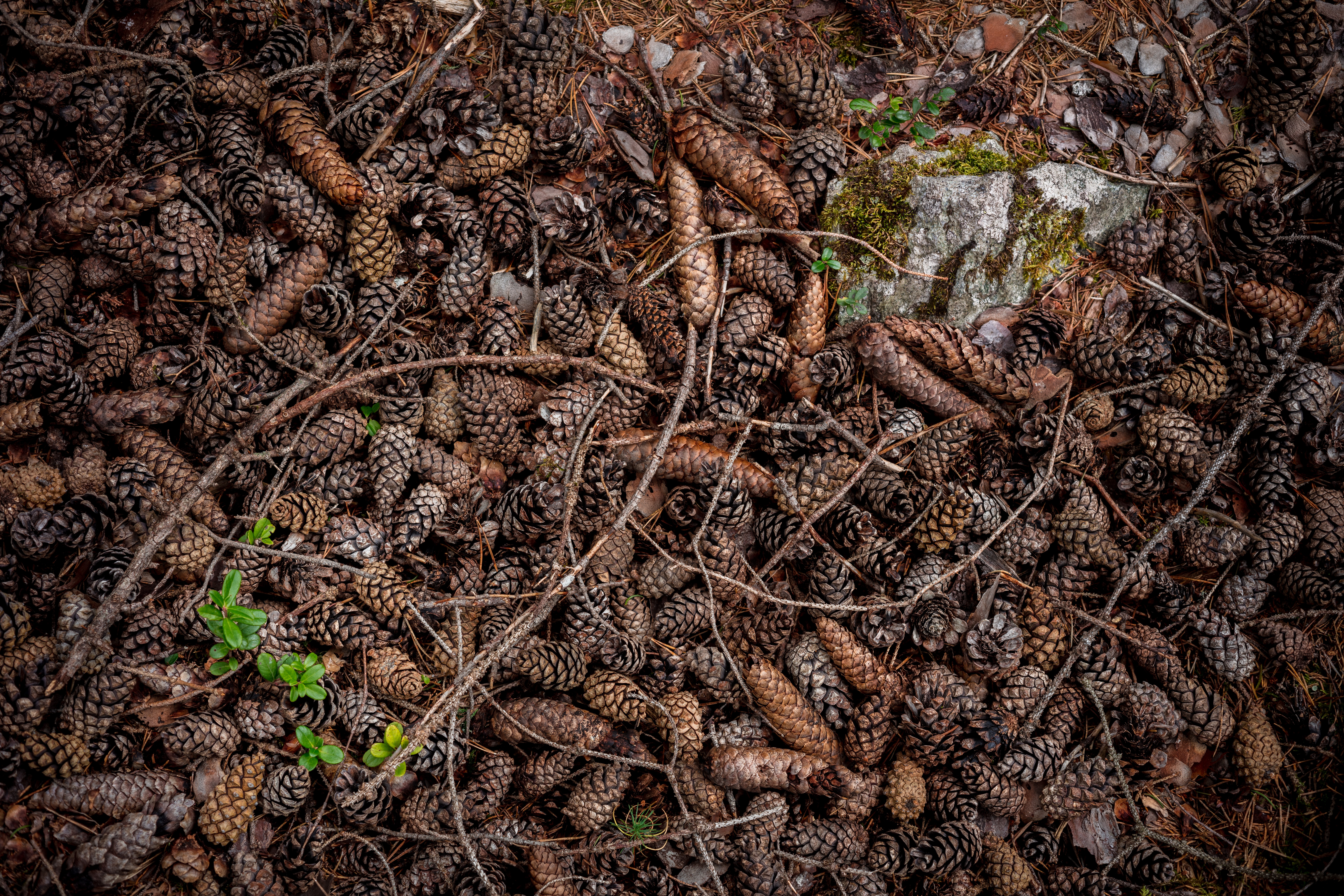

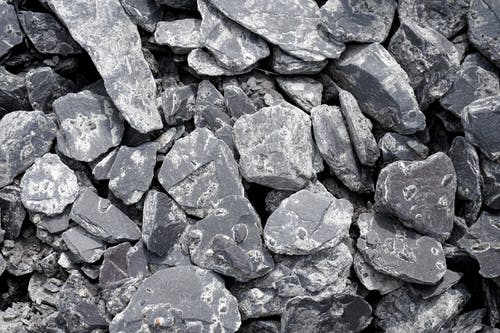
2. At the same time that they are part of visual space for humans on Earth, natural objects are also in the universe. On account of their location on the surface of the planet, they exist in the large dimension that includes everything that exists. Simultaneous with their existence on Earth, they exist in the fathomless, boundless space that contains all reality, as far as we know. They do not just wait for humans to use them or see them. They have another, separate existence that is independent from human contact.
This separate existence is not obvious because we are used to thinking of objects instrumentally. We are not accustomed to considering them as having their own lives. Humans have a tendency to incorporate everything into their consciousness and do not always recognize the separateness of the physical world. Gravity holds things down so that we look at things at eye-level. Visual search stops at the horizon. We do not recognize the other location of things, which is in the universe.
3. Because things unite mind and cosmos, they make excellent tools to measure the depth of the universe’s presence here on Earth. They are available for us to contemplate at eye-level. At the same time, they exist on the surface of the Earth which is a planet in the universe.
So spend some time examining objects or things. If they are man-made, think about how they were put together, how they were manufactured. If they are natural, how did they evolve. What is their history? What are they made of? Who have they belonged to? How did they get to where they are right now? Take them seriously as a kind of being. They are not alive the way we are. They cannot talk. But they are experienced witnesses, and with imagination you can see the scenes they have encountered over the years. You want to fathom what it means to exist on this planet, so think of things as a form of existence that is full of clues to the past and the present.
All things are witnesses, but for this experiment it is easier to work with natural things — rocks, leaves, twigs — because natural things are still integrated into the planet.
You are going to use a natural thing to see where you are.
